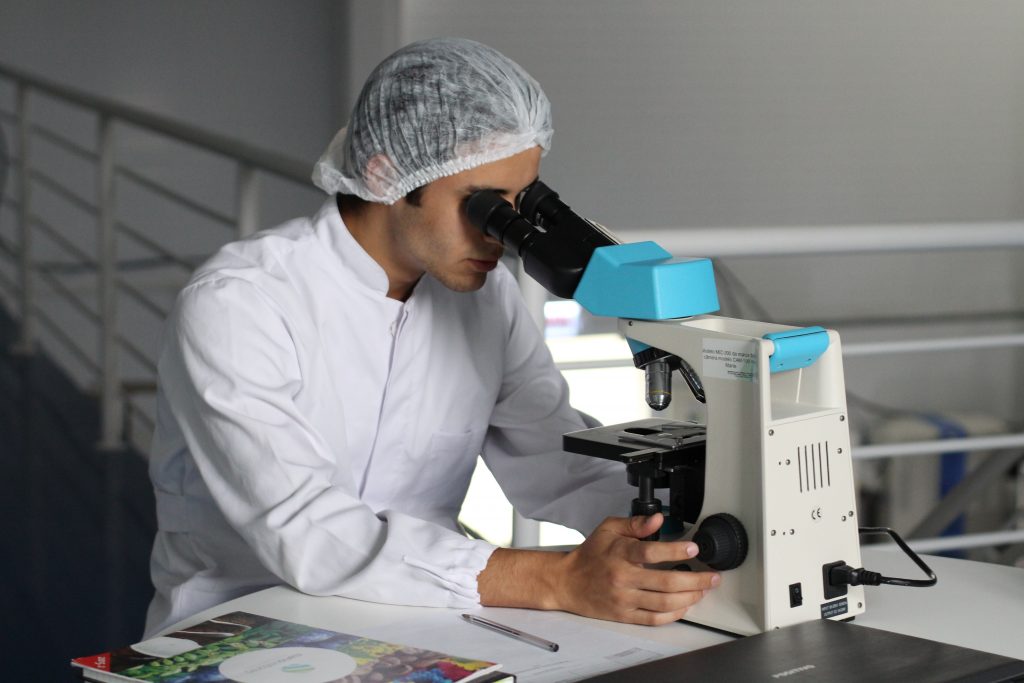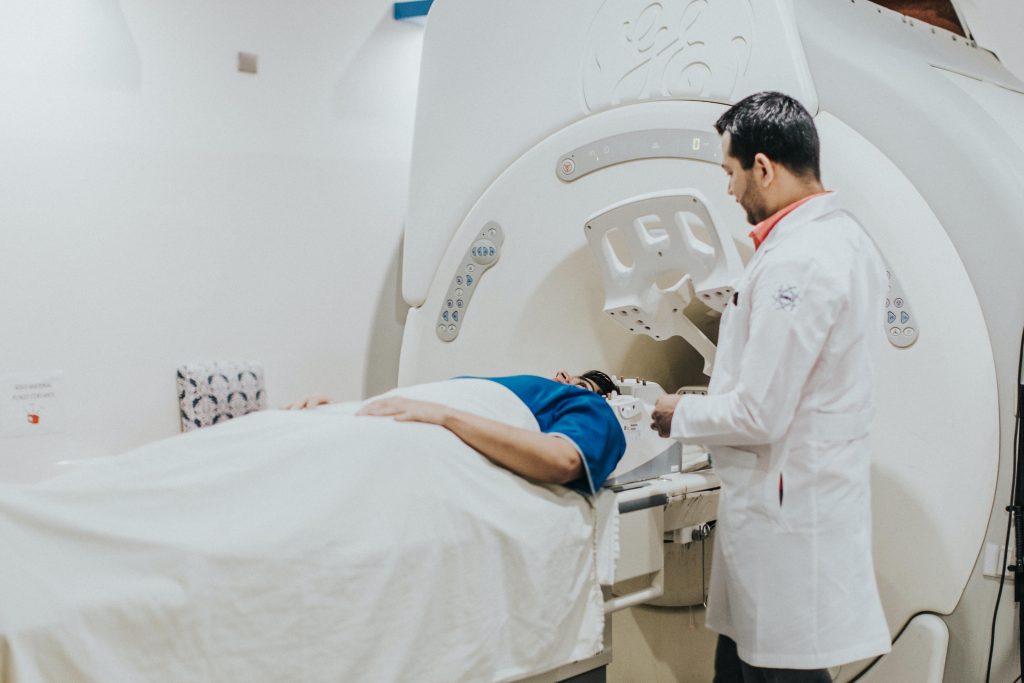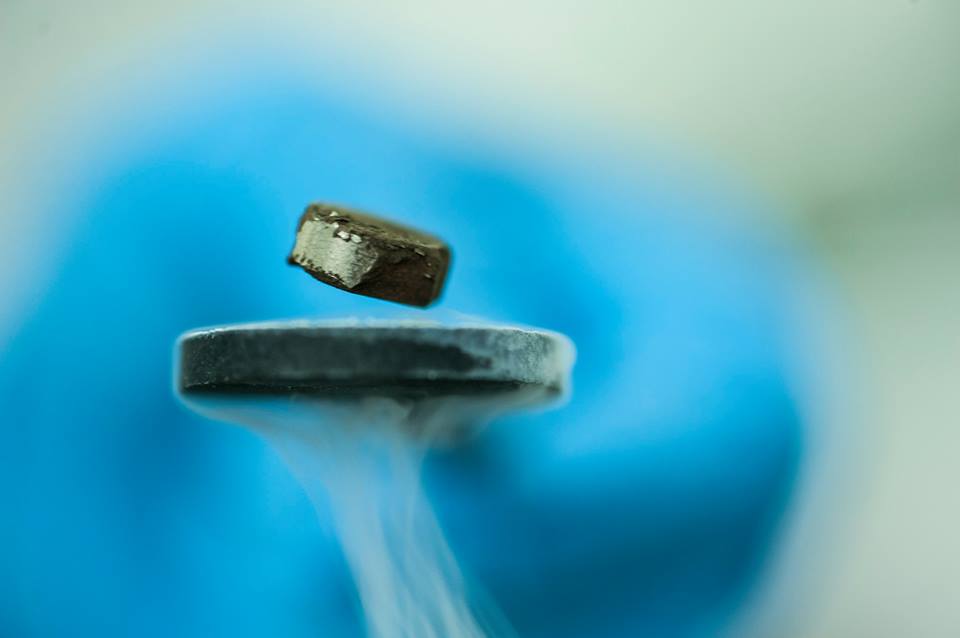Something big is happening in the scientific world- and it is causing equal amounts of excitement and scrutiny. Researchers in Korea recently released documentation that they have successfully synthesized a room temperature superconductor for the first time in the world- signaling a potential breakthrough in physics that could forever change how we use energy.
The superconductor in question is known as the LK-99– a silver-based polycrystalline compound that was made with lead-apatite doped with copper.

What are Room Temperature Superconductors?
The biggest distinction between a semiconductor and a superconductor is that a superconductor’s conductivity is higher than that of a conductor, whereas a semiconductor’s conductivity ranges between insulators and conductors. This means that the electrical flow of a semiconductor is between materials that are very good at conducting electricity, i.e. conductors, and materials that don’t conduct electricity well at all, i.e. insulators.
Room temperature superconductors are materials that can carry electricity without any electrical resistance, allowing for less energy to be used when powering devices. This would have a huge impact on technological applications, as current superconductors need to be kept incredibly cold to function well- which makes them expensive to use. A room temperature superconductor would make a variety of electronics cheaper and more efficient to run, saving both energy and money.
Who Discovered the LK-99?
A team from Korea University, led by colleagues Sukbae Lee and Ji-Hoon Kim, began research on materials for a potential room temperature superconductor way back in the year 1999. Their research efforts over the years have led to multiple theoretical and experimental studies in various countries. In July 2023, when they released their official publication, scientists across the globe began efforts to replicate the findings.
The LK-99 is named after the researchers (Lee and Kim) and the year their research began (1999).

What are the Applications of Room Temperature Superconductors?
Currently, superconductors are used in magnetic medical equipment such as MRI machines. They are also used for particle colliders, magnetic levitation, and fast electronic switches. In addition, they make electric transportation much more efficient.
Because superconducting materials don’t have any electrical resistance, they can withstand large electrical currents without losing any energy. Current will continuously flow in a superconductor. Because of this, superconductors are particularly desirable for applications involving power transmission. Room-temperature superconductors could potentially help us create ultra-efficient electricity grids, fast and energy-efficient computer chips, and even ultra-strong magnets for levitating trains and controlling fusion reactors.
How Would Room Temperature Superconductors Change our World?
Room-temperature superconductors have the potential to overcome many of the challenges that are associated with current superconductors, such as the high operating costs. This could lead to faster computers, more efficient power grids, cheaper MRI machines, and even more powerful quantum computers.
Fundamentally, superconductivity is a quantum phenomenon. It is not consistent with conventional physics. Room temperature superconductors would result in quantum applications we have not yet seen, since it would be much more sustainable and cost effective to use.
If a stable room temperature superconductor were to be verified and mass-produced, it would impact virtually every industry in a positive way.
Has the LK-99 Been Replicated?
As interest in the LK-99 has greatly increased among the scientific community in recent months, engineers and scientists have been working to thoroughly validate the findings. As with any new technology, it is important to undergo the proper peer-reviewed research methods before it’s full potential can be embraced. However, as of the publication of this post, independent replication nor peer-reviewed procedures have established the LK-99 in the scientific community.
Since the precise mix of elements and how they are placed in the crystal structure considerably affect the characteristics of the superconductor, successfully operating the LK-99 at room temperature is the most challenging aspect of replication.

Many people have been trying to replicate the attributes of the LK-99. Two different universities, one in Wuhan and one in Huazhong, have shared videos of LK-99 levitating above magnets. This magnetic field expulsion is known as the “Meissner effect”, and while it is an exciting show of potential, there is still a lot of work to be done to truly create a room temperature superconductor.
While some experts think it might be possible based on these simulations and early experiments, others are more cautious. Scientific skepticism is understandable, as previous assertions about high-temperature superconductors have been shown to be false. However, ongoing experiments and research leave room for hope that this life-changing technology could be possible.
Additional Sources







